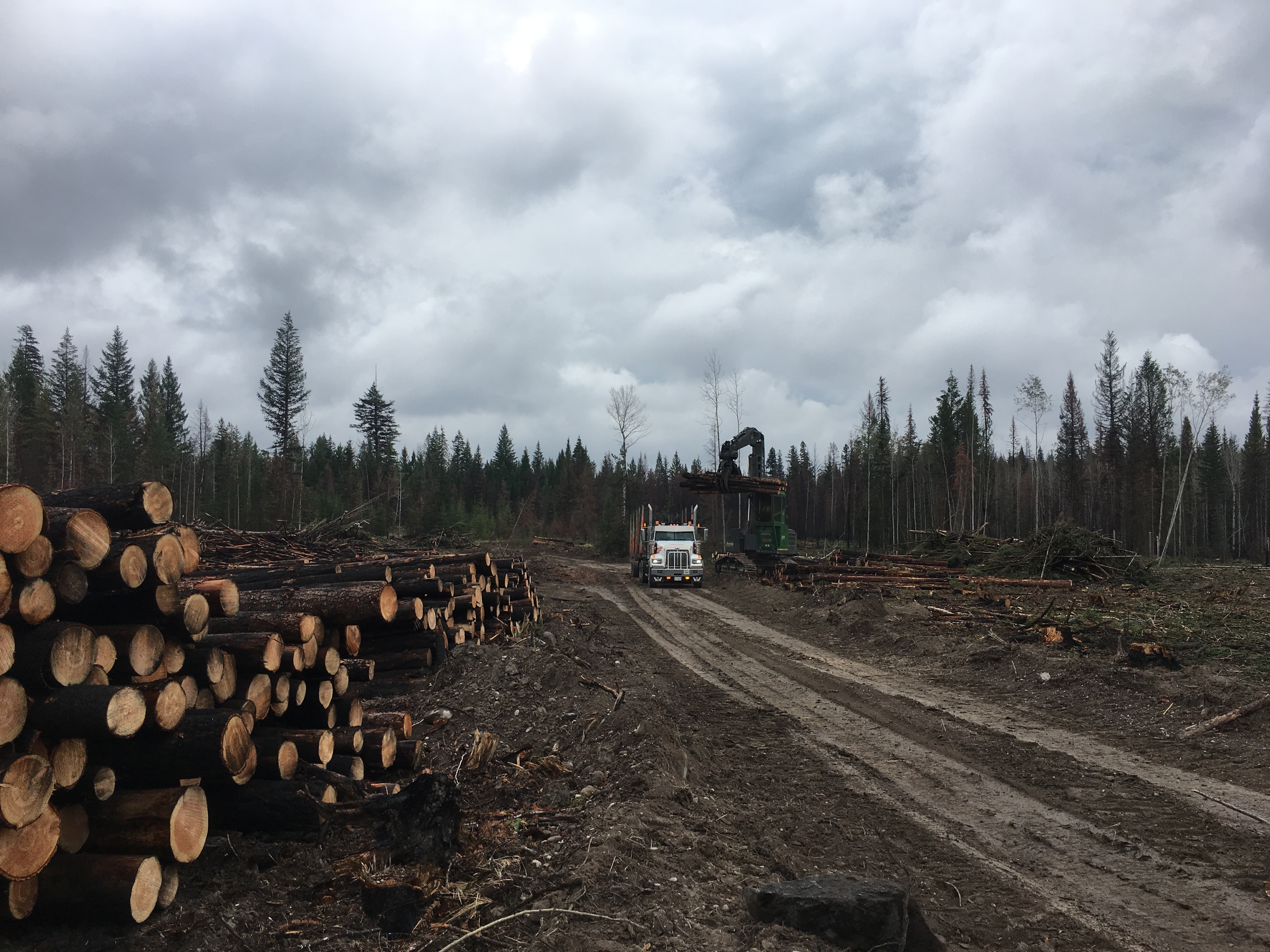
Features
Health and Safety
Sawmilling
Health and safety risks of processing burnt timber
Sept. 13, 2018 - In the fall of 2017, after a record-setting wildfire season in the history of B.C., the provincial government estimated that 53 million cubic metres of timber had been burned in the Interior — an entire year’s worth of harvest. At the time of writing this column — mid-summer 2018 — it looked as though this year’s wildfire season would be similarly severe.
Much of that timber was and will be salvageable, but processing fire-damaged wood presents its own set of risks and hazards that need to be evaluated, planned for, and mitigated. In addition to the technological and quality issues that can arise, potential health and safety risks to workers need to be addressed by employers.
The most immediate exposure hazards for sawmill workers handling burnt timber are the ash and char that accompany the fire-damaged wood. Ash and char from forest fires can be complex mixtures that will vary depending on the temperature of the fire.
Char is composed of a variety of carbon-based compounds, which are formed at lower fire temperatures, some of which may be carcinogenic. As char is only partially combusted wood, char dust will remain combustible. Higher-temperature fires will also result in wood ash (calcium carbonate), which is no longer combustible but is a lung irritant.
Char dust and wood ash are both much finer than wood dust and will be easily breathable; long-term, repeated exposures at high concentrations have the potential to cause respiratory illness. Short-term health effects from exposure to wood char and ash can include eye, nose, and throat irritation, coughing, and allergic reactions. In the long term, exposure may lead to more serious health issues, including lung diseases such as chronic obstructive pulmonary disease (COPD).
As with any kind of respiratory hazard, employers must evaluate the exposure and minimize it with appropriate control measures. If a work process continues to expose workers to potentially harmful levels of these air contaminants, workers must be provided with a filtered booth or work area, or wear appropriate respiratory protection.
In addition to exposure hazards, the dust produced during processing may pose a higher risk of combustion. Burnt timber can be lower in moisture than intact timber, and the drier and finer the dust, the greater the risk of deflagration, or explosion. Char dust is itself highly combustible, so additional control measures may be required to ensure combustion risks are properly managed.
Beyond dust, new variables mean every aspect of production must be scrutinized through the lens of health and safety. Drier wood may behave differently, creating other risks as it moves through the production process.
For more information on evaluating, planning for and mitigating risks, the following resources can be found at worksafebc.com:
Guide: Combustible Dust in Wood Products Manufacturing
Safety bulletin: Exposure to ash — logging operations https://www.worksafebc.com/en/resources/health-safety/risk-advisory/exposure-ash-logging-operations-wildfires?lang=en
Barry Nakahara is WorkSafeBC’s manager of prevention field services in Prince George, B.C., and manager of interest for the manufacturing and occupational disease strategies.
September 13, 2018 By Barry Nakahara

Print this page